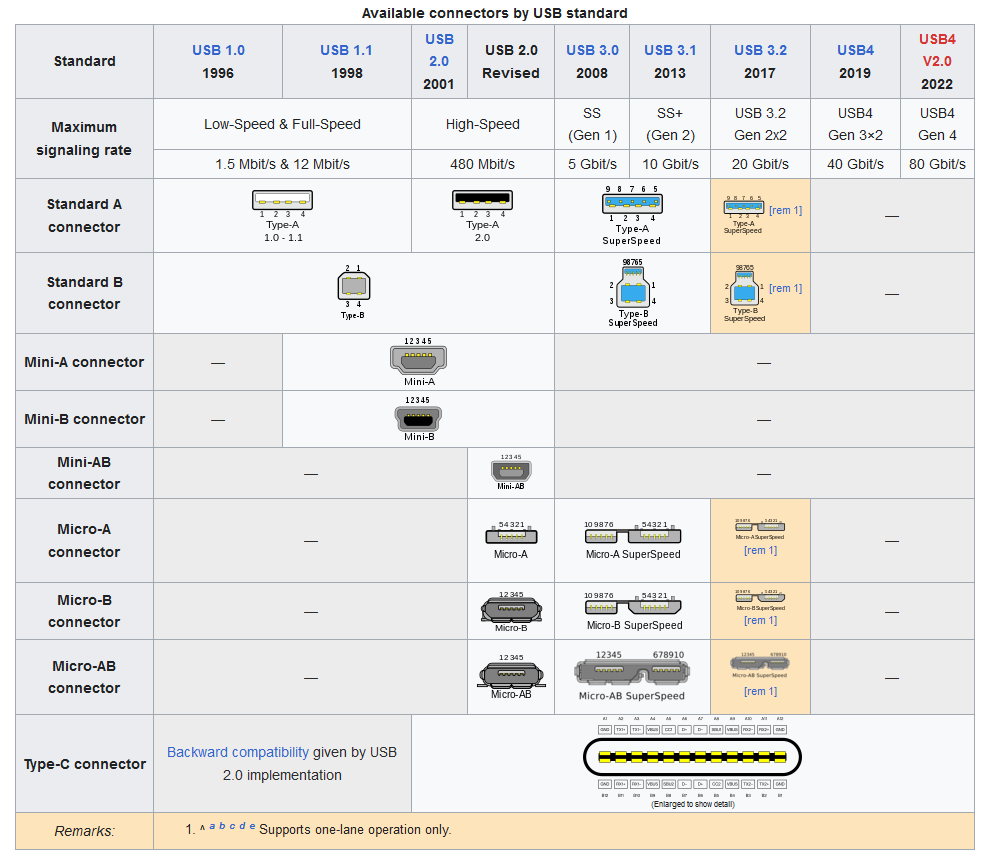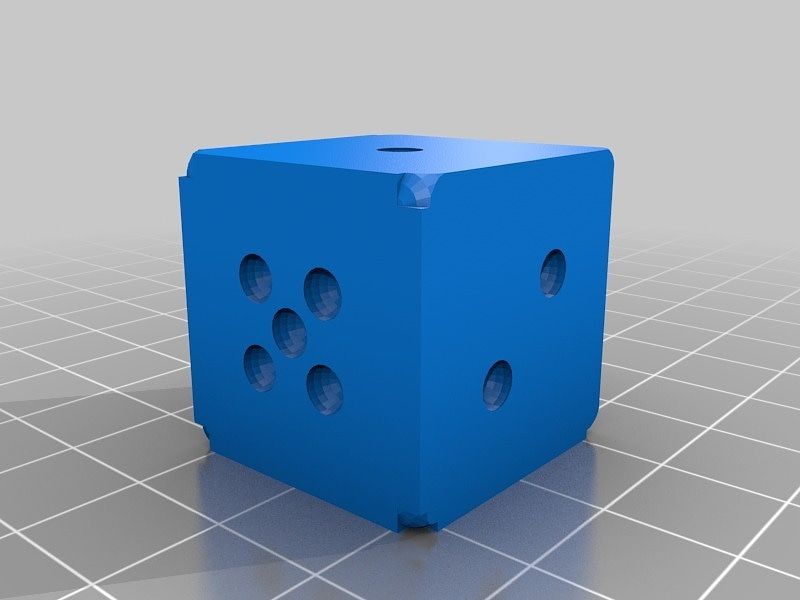USB for the Executive

USB was created in 1996 with the intention of making it easier for users to connect peripherals to their computers. Fast forward to today, there are multiple USB standards and dizzying array of connectors.
The really short version for the impatient...
...Look for and purchase Thunderbolt 4 cables and devices.
In the beginning...
In 1996 USB 1.0 was introduced and the design was straight forward. The design provided for:
- Self-configuring - eliminating the need for users to adjust device settings for speed or data format and other technical details.
- Hot-swappable - devices could be exchanged without rebooting the host computer.
- Power delivery - the initial USB standard provided power for small devices (e.g. the light on your keyboard, the optical sensor in your mouse, or the ability to charge your mobile phone).
- Standardized & Compliant - Users could have confidence that a USB device will work as expected without extensive interaction with settings and configuration.
Then came...
...USB 2.0, USB 3.0, USB 3.1 (Gen 1 & Gen 2), USB 3.2 (Gen 1, Gen 2, Gen 1x2, Gen 2x2) and USB 4.
Each revision of the USB standard aimed to either increase the data transfer speeds, reduce the size of the connectors, increase the capability of providing power to connected devices or some combination of those features.

That's a mess, but wait there's more...
In 2009, Intel introduced another protocol called Thunderbolt. Thunderbolt provides high speed data and power connectivity with a specific eye towards providing video to high resolution monitors, high speed network connections and disk arrays. Thunderbolt 1 & 2 used a Thunderbolt connection, but the Thunderbolt 3 specified using USB's type-c connection. The type-c connection was an improvement over the Thunderbolt connection, but added to the confusion. A Thunderbolt 3 cable looks like a USB type-c connection but is not exactly the same. While a Thunderbolt 3 cable will work with a USB type-c device a USB type-c cable will not always work with a Thunderbolt 3 device.
That is really confusing how do I figure all this stuff out?
Yes, it is confusing and you don't have to figure all this stuff out, because with the introduction of Thunderbolt 4 a lot of the complexity goes away.
There are a lot of different capabilities of USB. Manufacturers can pick and choose which capabilities to implement. This is annoying for the end user because it is difficult to determine if your USB cable or device supports the maximum transfer rates or power requirements. Thunderbolt 4 eliminates this. A Thunderbolt 4 connection essential ticks all the boxes in terms of USB capabilities, so if you are using a Thunderbolt 4 cable you can be confident it will work with any of your devices.
Why this is cool...
...because Thunderbolt 4 can connect a laptop or desktop to one or more high resolution monitors. For laptops Thunderbolt 4 can connect to a monitor and also provide power for charging with just one cable. Add in a Thunderbolt 4 dock and you can have access to a high speed ethernet port and multiple USB 3.x and USB type-c ports. In short, more speed, more capability, fewer cables. More features; less complexity.
What is the downside?
Technologically, there are no downsides. Economically, Thunderbolt 4 devices and cables are a bit more expensive than their USB 3.x counterparts. Also, at the time of writing this article Thunderbolt 4 is relatively new and not as ubiquitous as Thunderbolt 3 and USB 3.x, but as more Thunderbolt 4 devices come to market they should be easier to find and prices will become more affordable.



